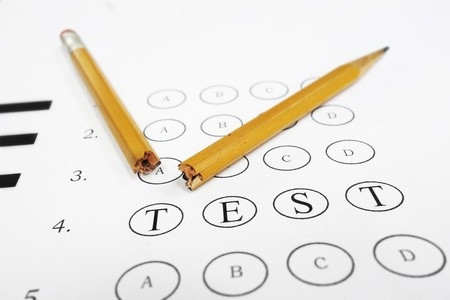【必备资料】托福官方真题Official6口语Task6真题文本及答案解析
- 2016年04月13日17:10 来源:小站整理
- 参与(1) 阅读(11190)
在托福口语备考中,想要快速提升自己的托福口语能力,除了不断的累积自己的词汇和句型之外,从官方真题Official练习入手也不失为一个不错的方法。那么,在以下内容我们就为大家带来托福口语官方真题Official的题目和答案解析。
托福官方真题Official6口语task6题目 Listening Part:
Now listen to part of a talk in an Education class.
(female professor)
One of the hardest parts of teaching is keeping your students’ attention. Now, the key to doing this is understanding the concept of attention. Basically, there are two types of attention. The first type is active, active attention is voluntary. It’s when you intentionally make yourself focus on something. And since it requires effort, it’s hard to keep up for long a time. OK, so, um, let’s say you are teaching a biology class. And today’s topic is frogs. All right? You’re standing in front of the room lecturing: a frog is a type of animal known as an amphibian…, well, this isn’t necessarily going to keep the students’ interest. But most of them will force themselves to pay active attention to your lecture. But it’s only a matter of time before they get distracted.
Now, the other type of attention is passive attention, when it’s involuntary. Passive attention requires no effort because it happens naturally. If something is really interesting students don’t have to force themselves to pay attention to it. They do it without even thinking about it. So back to our Biology lecture, you start talking about frogs and then you pull a live frog out of your briefcase. You’re describing it while holding it up. Show the students how long its legs are, and how they’re used for jumping, for example. Then maybe even let the frog jump around a bit on the desk or the floor. In this case, by doing something unexpected, something more engaging, you can tap into their passive attention. And it can last much longer than active attention. As long as the frog is still there your students will be interested.
托福官方真题Official6口语task6题目 Question:
Using points and examples from the talk, explain the difference between active and passive attention.
托福官方真题Official6口语task6 答案解析:
1. Listening key
(1.1) Main idea: active and passive attention
(1.2) Active attention: forced
(1.2.1) Example:
(1.2.1.1) A teacher teaches a class by only reading from textbooks
(1.2.1.2) Students will get bored, yet they’d still try to focus
(1.2.1.3) But they will get distracted soon because this attention is forced
(1.3) Passive attention: happens naturally
(1.3.1) Example:
(1.3.1.1) A teacher teaches with a live frog, let it jump around a bit
(1.3.1.2) Students get interested in what’s happening, their concentration happens naturally
(1.3.1.3) As long as the frog is on the table, students will have no problem focusing on the lecture
托福官方真题Official6口语task6 范文:
The professor talks about two kinds of attention in the lecture. The first type is active attention which is voluntary. For example, if a biology teacher teaches a class by only reading from a textbook, the class can become fairly boring. Most students would force themselves to focus, but sooner or later, the students will be distracted. The second type of attention is passive attention, let’s say instead of reading from a textbook, the teacher pulls a live frog out of his bag, then the lecture becomes really interesting. As long as the frog is on the table, the students will be able to focus on the lecture.
本文部分信息来源于新东方在线。如有任何问题,请联系小站管理员进行修改或删除。































